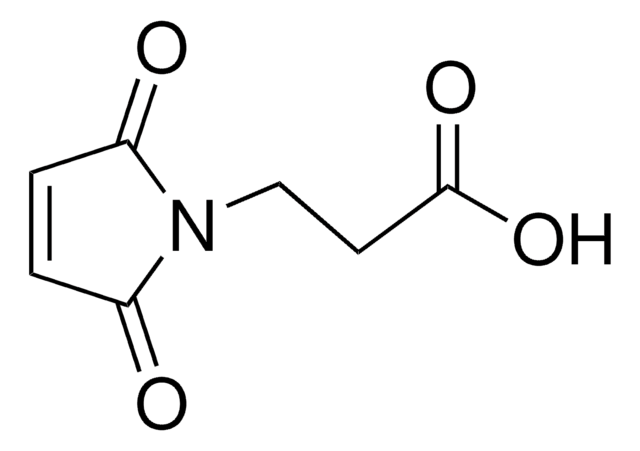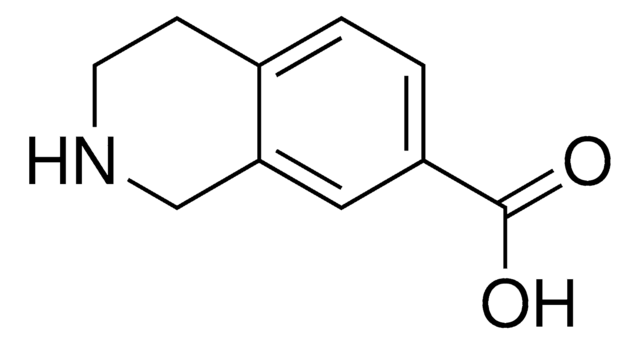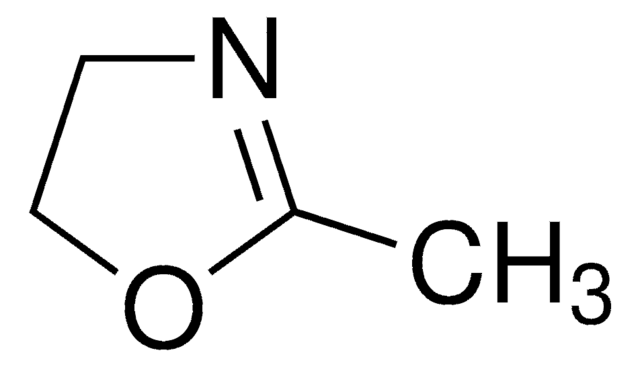10859
3-(Acetylthio)propionic acid N-succinimidyl ester
≥95.0%
Synonym(s):
N-Succinimidyl 3-(acetylthio)propionate, SATP
Sign Into View Organizational & Contract Pricing
All Photos(1)
About This Item
Empirical Formula (Hill Notation):
C9H11NO5S
CAS Number:
Molecular Weight:
245.25
Beilstein:
5562810
MDL number:
UNSPSC Code:
12352100
PubChem Substance ID:
NACRES:
NA.22
Recommended Products
Assay
≥95.0%
storage temp.
−20°C
SMILES string
CC(=O)SCCC(=O)ON1C(=O)CCC1=O
InChI
1S/C9H11NO5S/c1-6(11)16-5-4-9(14)15-10-7(12)2-3-8(10)13/h2-5H2,1H3
InChI key
ZRTJVRDXVSDKPX-UHFFFAOYSA-N
General description
3-(Acetylthio)propionic acid N-succinimidyl ester causes tip functionalization and surface modification of antibody on atomic force microscope tips .
Application
3-(Acetylthio)propionic acid N-succinimidyl ester may be used in oligosaccharide synthesis. It was used in binding antibody and ligand to atomic force microscope tips.
Other Notes
Reagent for the modification of peptides and proteins: thionylation
Storage Class Code
13 - Non Combustible Solids
WGK
WGK 3
Flash Point(F)
Not applicable
Flash Point(C)
Not applicable
Personal Protective Equipment
dust mask type N95 (US), Eyeshields, Gloves
Choose from one of the most recent versions:
Certificates of Analysis (COA)
Lot/Batch Number
Don't see the Right Version?
If you require a particular version, you can look up a specific certificate by the Lot or Batch number.
Already Own This Product?
Find documentation for the products that you have recently purchased in the Document Library.
Maureen T Stewart et al.
Journal of substance abuse treatment, 95, 1-8 (2018-10-26)
Program-level financial incentives are used by some payers as a tool to improve quality of substance use treatment. However, evidence of effectiveness is mixed and performance contracts may have unintended consequences such as creating barriers for more challenging clients who
Guangyong Li et al.
Journal of cellular biochemistry, 97(6), 1191-1197 (2006-01-28)
To gain insights into how biological molecules function, advanced technologies enabling imaging, sensing, and actuating single molecules are required. The atomic force microscope (AFM) would be one of novel potential tools for these tasks. In this study, techniques and efforts
Mary Hrywna et al.
Journal of community health, 41(6), 1122-1129 (2016-10-28)
South Asians are the third largest Asian group in the US and among the fastest growing racial groups in New Jersey. Tobacco consumption among South Asians is characterized by several smoked and smokeless tobacco products indigenous to the Indian subcontinent.
Daniel L Kernan et al.
Experimental biology and medicine (Maywood, N.J.), 242(14), 1405-1411 (2017-07-05)
The first-line treatment for non-Hodgkin's lymphoma is chemotherapy. While generally well tolerated, off-target effects and chemotherapy-associated complications are still of concern. To overcome the challenges associated with systemic chemotherapy, we developed a biology-inspired, nanoparticle drug delivery system (nanoDDS) making use
Sharon Reif et al.
Journal of substance abuse treatment, 122, 108217-108217 (2021-01-30)
Many people drop out of substance use disorder (SUD) treatment within the first few sessions, which suggests the need for innovative strategies to address this. We examined the effectiveness of incentive-based contracting for Maine's publicly funded outpatient (OP) and intensive
Our team of scientists has experience in all areas of research including Life Science, Material Science, Chemical Synthesis, Chromatography, Analytical and many others.
Contact Technical Service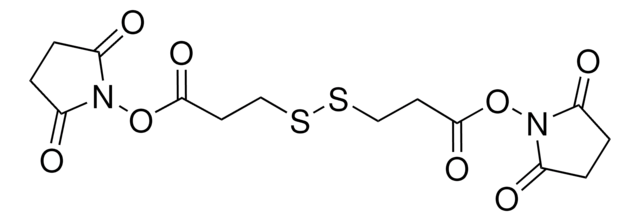

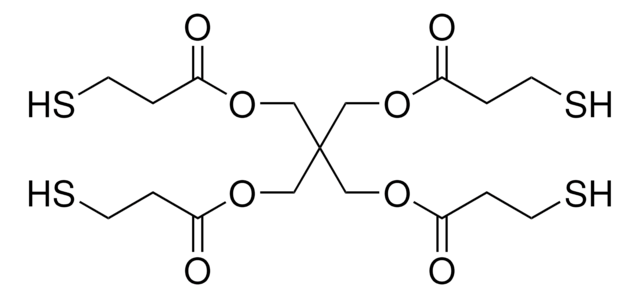
![LC-SPDP (succinimidyl 6-[3(2-pyridyldithio)propionamido]hexanoate)](/deepweb/assets/sigmaaldrich/product/structures/300/586/d95fd80c-e201-4b0b-8aee-31e109c2ff41/640/d95fd80c-e201-4b0b-8aee-31e109c2ff41.png)

